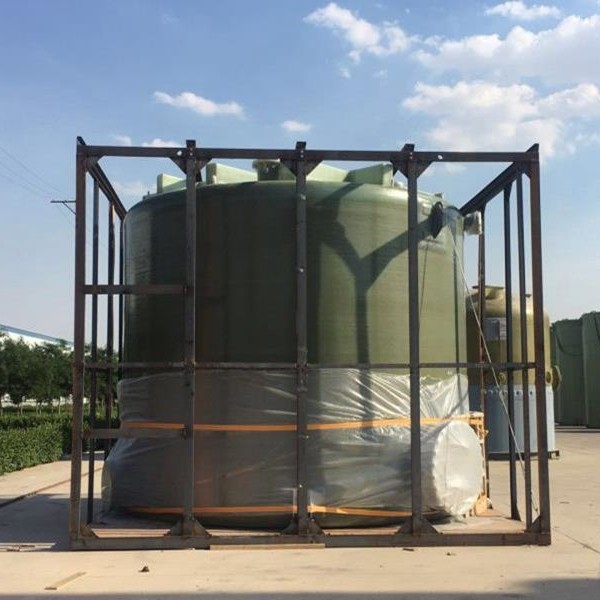
-
 Afrikaans
Afrikaans -
 Albanian
Albanian -
 Amharic
Amharic -
 Arabic
Arabic -
 Armenian
Armenian -
 Azerbaijani
Azerbaijani -
 Basque
Basque -
 Belarusian
Belarusian -
 Bengali
Bengali -
 Bosnian
Bosnian -
 Bulgarian
Bulgarian -
 Catalan
Catalan -
 Cebuano
Cebuano -
 China
China -
 China (Taiwan)
China (Taiwan) -
 Corsican
Corsican -
 Croatian
Croatian -
 Czech
Czech -
 Danish
Danish -
 Dutch
Dutch -
 English
English -
 Esperanto
Esperanto -
 Estonian
Estonian -
 Finnish
Finnish -
 French
French -
 Frisian
Frisian -
 Galician
Galician -
 Georgian
Georgian -
 German
German -
 Greek
Greek -
 Gujarati
Gujarati -
 Haitian Creole
Haitian Creole -
 hausa
hausa -
 hawaiian
hawaiian -
 Hebrew
Hebrew -
 Hindi
Hindi -
 Miao
Miao -
 Hungarian
Hungarian -
 Icelandic
Icelandic -
 igbo
igbo -
 Indonesian
Indonesian -
 irish
irish -
 Italian
Italian -
 Japanese
Japanese -
 Javanese
Javanese -
 Kannada
Kannada -
 kazakh
kazakh -
 Khmer
Khmer -
 Rwandese
Rwandese -
 Korean
Korean -
 Kurdish
Kurdish -
 Kyrgyz
Kyrgyz -
 Lao
Lao -
 Latin
Latin -
 Latvian
Latvian -
 Lithuanian
Lithuanian -
 Luxembourgish
Luxembourgish -
 Macedonian
Macedonian -
 Malgashi
Malgashi -
 Malay
Malay -
 Malayalam
Malayalam -
 Maltese
Maltese -
 Maori
Maori -
 Marathi
Marathi -
 Mongolian
Mongolian -
 Myanmar
Myanmar -
 Nepali
Nepali -
 Norwegian
Norwegian -
 Norwegian
Norwegian -
 Occitan
Occitan -
 Pashto
Pashto -
 Persian
Persian -
 Polish
Polish -
 Portuguese
Portuguese -
 Punjabi
Punjabi -
 Romanian
Romanian -
 Russian
Russian -
 Samoan
Samoan -
 Scottish Gaelic
Scottish Gaelic -
 Serbian
Serbian -
 Sesotho
Sesotho -
 Shona
Shona -
 Sindhi
Sindhi -
 Sinhala
Sinhala -
 Slovak
Slovak -
 Slovenian
Slovenian -
 Somali
Somali -
 Spanish
Spanish -
 Sundanese
Sundanese -
 Swahili
Swahili -
 Swedish
Swedish -
 Tagalog
Tagalog -
 Tajik
Tajik -
 Tamil
Tamil -
 Tatar
Tatar -
 Telugu
Telugu -
 Thai
Thai -
 Turkish
Turkish -
 Turkmen
Turkmen -
 Ukrainian
Ukrainian -
 Urdu
Urdu -
 Uighur
Uighur -
 Uzbek
Uzbek -
 Vietnamese
Vietnamese -
 Welsh
Welsh -
 Bantu
Bantu -
 Yiddish
Yiddish -
 Yoruba
Yoruba -
 Zulu
Zulu
Exploring the Importance and Applications of Drill Pipe in Modern Drilling Operations and Technologies
The Importance of Drill Pipe in Modern Drilling Operations
Drill pipe is a fundamental component in the drilling industry, playing a critical role in the extraction of oil, gas, and minerals from beneath the Earth's surface. As one of the most essential tools in drilling operations, drill pipe is designed to transmit drilling fluid and mechanical forces needed to penetrate various geological formations. This article explores the significance, types, and considerations surrounding drill pipe in contemporary drilling practices.
Understanding Drill Pipe
Drill pipes are long, cylindrical steel tubes that make up the drill string, which is the assembly of various components that connects the surface drilling rig to the drill bit. The primary purpose of drill pipe is to transmit the rotational force from the surface to the drill bit, enabling it to cut through rock layers. In addition, it facilitates the circulation of drilling fluids, which help to cool the drill bit, remove cuttings from the wellbore, and maintain pressure control.
Types of Drill Pipe
Drill pipes come in various sizes, grades, and material compositions, each tailored to meet specific drilling requirements. The most common grades include E-75, X-95, G-105, and S-135, each characterized by its strength, weight, and resistance to fatigue. The selection of the appropriate drill pipe depends on factors such as the depth of the well, the type of formation being drilled, and the expected downhole conditions.
For instance, high-strength drill pipes like S-135 are often used in deepwater drilling where the pressures and temperatures are significantly higher
. Conversely, lighter drill pipes may be used in shallower wells where the stress on the tools is less severe. In some cases, special coatings or heat treatments are applied to enhance durability and resistance to corrosion, which is particularly important when drilling through reactive formations.drill pipe

Considerations in Drill Pipe Selection
When selecting drill pipe for a specific operation, several factors must be taken into account. Firstly, the mechanical properties of the material, including yield strength and tensile strength, are crucial in ensuring that the drill pipe can withstand the rigors of drilling. Fatigue resistance is also a critical consideration, as drill pipes are subjected to repeated loading and unloading during drilling operations.
Additionally, the compatibility of the drill pipe with other drilling equipment and the drilling fluid is essential. For example, the use of incompatible materials can lead to corrosion and premature failure. Therefore, thorough analysis and testing of drill pipe materials are paramount to ensure a successful drilling operation.
Technological Advancements
The drilling industry is continuously evolving, and advancements in technology have significantly influenced the design and manufacturing of drill pipes. Innovations such as improved steel alloys, advanced welding techniques, and finite element analysis have resulted in stronger, more reliable drill pipes that can operate under extreme conditions. Furthermore, real-time monitoring systems are now implemented to assess the performance of drill pipes during operations, helping to predict failures before they occur.
Conclusion
In conclusion, drill pipe is an indispensable element in drilling operations, impacting efficiency, safety, and overall success in resource extraction. With ongoing advancements in materials and technology, the future of drill pipe design is promising, leading to more efficient and sustainable drilling methods. As the demand for energy and minerals continues to rise, understanding and optimizing the use of drill pipe will remain a pivotal aspect of the drilling industry.
Latest news
-
High-Quality Fiberglass Car Bodies Durable GRP Car & Boat Body SolutionsNewsJul.08,2025
-
High-Quality Fiberglass Dual Lamination Product Manufacturer Durable FRP & GRP Dual Lamination SolutionsNewsJul.08,2025
-
Rectangular Tank with Dimensions for GRP Calculation Custom Fiberglass GRP Rectangular TanksNewsJul.07,2025
-
High-Quality Fiberglass Weir Custom FRP Weir & Fiberglass Tanks ManufacturerNewsJul.07,2025
-
CPVC FRP Pipe A Reliable Choice for Industrial Applications High Strength & Corrosion ResistanceNewsJul.07,2025
-
Fiberglass Scrubber for Effective Cleaning and Stain Removal – Superior Performance in Various ApplicationsNewsJul.06,2025









